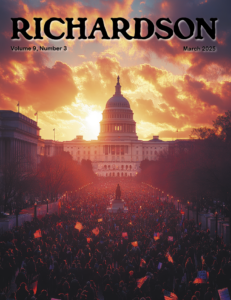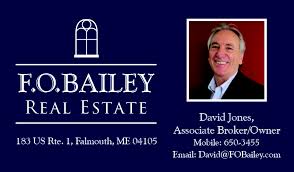
Going Off-Peninsula can be an exciting adventure of discovery of Greater Portland for many.
For some, venturing much beyond the Old Port or Arts District may be a daunting as wandering too far from Quincy Market in Boston or Michigan Avenue in Chicago. Remembering the famous New Yorker Cover where Fifth Avenue dominates the foreground, then the Hudson River with the rest of the world as a nondescript horizon showing vague reference points of other insignificant urban areas, grudgingly worthy of notation. Change Fifth Avenue to Congress Street, the Hudson to the Fore River, and not much else different for tried-and-true Portlanders.
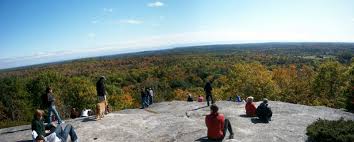
Going Off-Peninsula (or “OP” as downtown locals say) in the city finds Portland neighborhoods defining a vibe of their own. Several university campuses bring galleries, planetariums, and engaging presentations to what might otherwise be bedroom communities. Rosemont and Deering Center are sprinkled with boutique shops, hidden bistros, and relaxing coffee houses. Woodfords Corner gives Forest Avenue an improbable culinary hub with cafés, bakeries, ethnic groceries, and restaurants serving wide range of cuisine, from Down East Maine to Central America, and Middle East to Acadiana.
Minutes north of Portland, expansive farms, river mills, and quintessential New England church-steeples, cafes, and general stores are sprinkled among the villages of North Yarmouth and Cumberland, with Pownal rising above with the picturesque Bradbury Mountain for easy day hikes. Freeport has the added distinction of being a shopper’s paradise with national brands lining a charming Main Street, including a never-close campus of stores at L.L. Bean’s world headquarters. Freeport’s state park protected harbor begins a route that hugs a Foreside road through Yarmouth, Cumberland, and Falmouth.

Immediately west of the city, Westbrook’s burgeoning culinary, arts, and cultural offerings are presenting the riverfront town as a less-crowded alternative for a night out. Nearby Gorham’s University of Southern Maine campus and bustling downtown is less than 20 minutes from the Portland campus. The ability of escaping the city by car or bus for this quiet college town is an enticing concept.
The coastal towns of South Portland, Cape Elizabeth, and Scarborough wrap around the city’s south, complemented by the Calendar Islands extending into Casco Bay. Lighthouses, military forts, rocky cliffs, vast beaches, mysterious marshland, hidden parks, and celebrity enclaves capture the imagination south of the city limits.
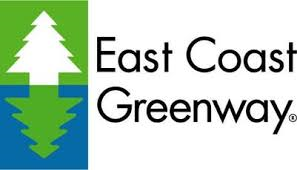
And that Portland Trail path meandering along the Fore River and through the Scarborough Marsh actually connects to a larger world, when the realization hits that it’s a vital link in the East Coast Greenway, ultimately connecting Canada’s border in Maine to Florida! See that tiny group of buildings on the flatlanders’ horizon? That’s NYC. Worthy of mention, but ultimately insignificant.
As Jack Frost lightens his grip on the region, and even when the visitors and cruise ships deter locals from venturing downtown, explore our Greater Portland region and remember why we live here! For the locals who stayed, the ones that came back, or the Flatlanders who moved here (like myself), with the day-to-day life it’s easy to forget why we chose to be here in the first place. Go out and appreciate being wanted.
It’s because we know in our hearts that Greater Portland’s metro area (and Maine) actually chose us.
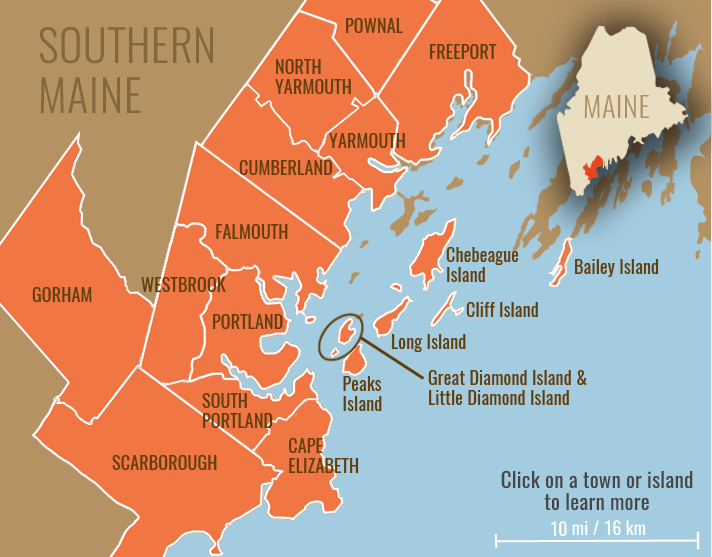
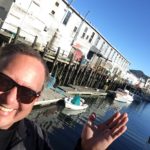
Robert Witkowski is the Creative Director for Visit Portland, a, freelance designer, and author of “100 things To Do in Portland, Maine Before You Die.” Having lived in Chicago, Boston and New York City, Robert has discovered that urban life is exciting and fun, making his home in Portland’s West End.





